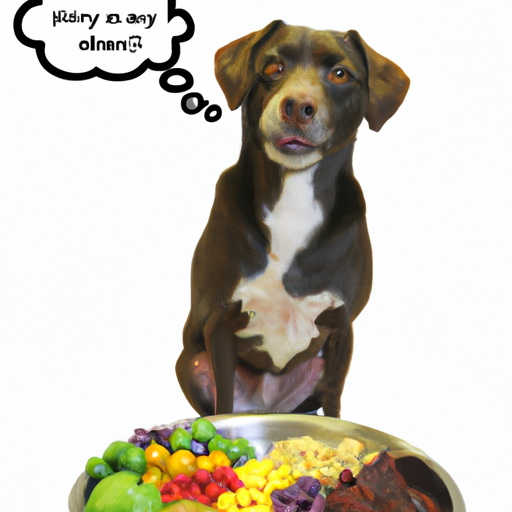As a caregiver for your beloved fur babies, you’ll want to ensure you’re serving them the best food possible. This guide aims to help you understand what foods are best for your dog, and why.
Understanding Your Dog’s Nutritional Needs
Just like us humans, dogs have specific nutritional needs to keep them healthy. They require a balanced diet, which should include:
- Proteins
- Carbohydrates
- Fats
- Vitamins
- Minerals
These nutrients are vital for their growth, maintenance, reproduction, and repair of bodily tissues. The proportions of these nutrients your dog needs can change depending on their life stage, breed, and health status.
The Best Dog Food Types
There are several types of dog food available in the market, and each has its pros and cons. As a caregiver, it’s your responsibility to choose what’s best for your dog.
- Kibble (Dry Dog Food): This is the most common type of dog food. It’s convenient, easy to store, and generally cheaper. However, it often contains fillers and preservatives.
- Canned (Wet Dog Food): This type of food is good for hydration and is often more palatable for dogs. It can be more expensive, and once opened, it doesn’t last long.
- Raw or Homemade Food: This gives you control over what your dog is eating. However, it can be time-consuming to prepare and may not provide a balanced diet if not correctly formulated.
Recommended Brands for Quality Dog Food
| Brand | Type | Key Benefits |
|---|---|---|
| Blue Buffalo | Dry | High protein, real meat first ingredient |
| Hill’s Science Diet | Wet | Vet recommended, age-specific formulas |
| Canidae | Dry | Whole food, grain-free options |
Feeding Guidelines for Dogs
It’s not just about what you feed your dog, but also how much and how often. Overfeeding can lead to obesity, while underfeeding can lead to malnutrition. Feeding guidelines can depend on your dog’s size, age, activity level, and health status. Most commercial dog foods provide guidelines on their packaging, but it’s always a good idea to consult with your vet.
How to Transition Your Dog to a New Food
Transitioning your dog to a new food should be done slowly, over a week or more, to avoid digestive upset. Start by mixing a small amount of the new food with their current food, gradually increasing the amount of new food while decreasing the amount of the old food.
Frequently Asked Questions
Q: Can I feed my dog a vegan diet?
A: While dogs can eat some plant-based foods, they are primarily carnivores and require certain nutrients that can only be found in meat. A vegan diet is not generally recommended for dogs.
Q: How often should I feed my dog?
A: Most adult dogs should be fed twice a day, while puppies often require three to four meals a day.
Q: Can I feed my dog the same food I eat?
A: Some human foods can be dangerous for dogs. Always check if a food is safe before giving it to your dog, and remember that treats and table scraps should make up no more than 10% of your dog’s daily caloric intake.
Q: What should I do if my dog doesn’t like their food?
A: Try mixing in a little wet food with their kibble, or warming it up slightly. If they still won’t eat, consult with your vet, as it could be a sign of health issues.



